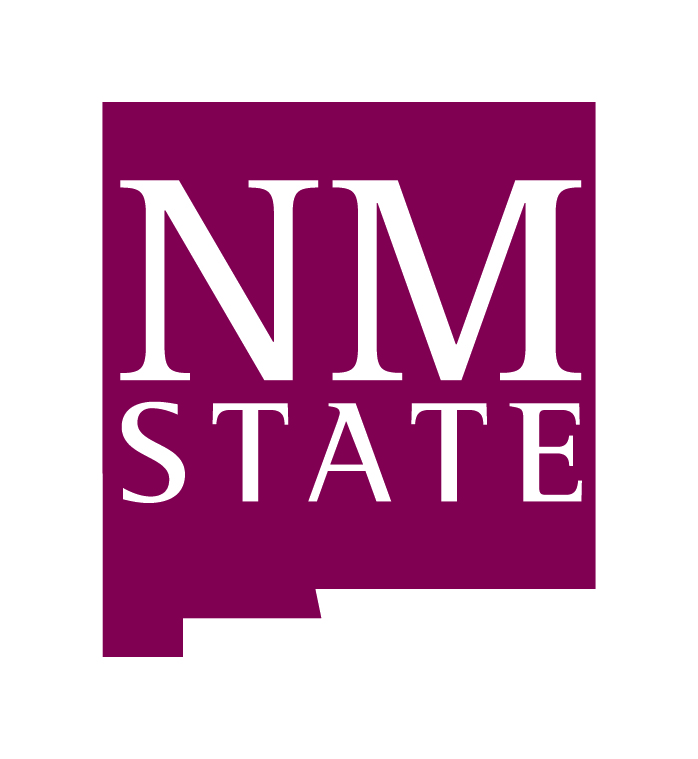NMSU partners with national organization in addressing student loan default issues

The agreement coincides with the release of the latest college student loan default rates by the U.S. Department of Education. A report released Sept. 24 showed the two-year student loan default rate for the 2010 cohort from NMSU's system to be 12.8 percent, a jump of nearly 3 percent from last year's figures on the 2009 cohort.
This rate includes NMSU community colleges in Alamogordo, Carlsbad and Grants, plus the Doña Ana Community College.
The rate represents the percentage of students in the cohort of loan holders who left NMSU in a given year and who were in default on loan repayment after a six-month grace period and 270 days of nonpayment technically termed delinquency.
Students who left NMSU but enrolled in another university are not a part of the cohort - they do not need to begin repaying their loans until they leave higher education.
NMSU, like many public universities and university systems, is seeing a rise in student debt levels - and a corresponding level of defaults on loan obligations by graduates and students who have left school without completing their degrees.
Much of the rise in default rates can be attributed to the struggling economy and high unemployment rate, but NMSU is committed to turning things around through a variety of proactive measures.
"Helping our students achieve their educational dreams is our number one goal," said Bernadette Montoya, NMSU vice president for student affairs and enrollment management. "We are committed to working closely with all of our students to ensure they are financially educated and able to graduate with manageable debt. Ultimately, we want to solve students' financial challenges while they are in school and help each borrower move into successful repayment of their student loans."
The measures being put in place involve more intensive counseling of students, before they borrow, about the consequences of getting a loan; financial literacy units in Freshman Experience classes; expanded information on the Web; improved communication with students and their parents; and targeted counseling of students who withdraw from the various NMSU campuses without earning a degree, since evidence shows that these students are more likely to default than degree completers.
The plan also includes contact with borrowers after they leave the institution, both during their six-month grace period when many are establishing post-college budgets, and beyond, as some of them become delinquent.
An important element of counseling involves making sure students and former students know about changes to federal loan repayment rules, including a new provision that allows individuals to renegotiate repayment rates based on their actual income levels. It is anticipated that fewer students will go into default if they realize that smaller monthly payments could keep them in compliance.
To help augment NMSU's financial education programming, Wells Fargo has announced a grant for one year, in the amount of $10,000, to provide outreach to students and their families.
NMSU is also instituting a program of detailed analysis of the student population in order to better identify those at the highest risk of future default and to develop a holistic approach involving tailored financial education, individual counseling and proactive outreach.
The default level is unlikely to turn around quickly. For one thing, the data are based on fiscal-year time frames, and some of NMSU's strategies are being put in place as yet another fiscal year comes to a close.
Further complicating the situation, the U.S. Department of Education is changing the reporting time frame from a two-year view to a three-year view. The expectation that this would result in an even higher default rate in the near term was confirmed by the new figures.
"This latest report shows our three-year default rate for 2009 to be 15 percent," said Janie Merchant, director of NMSU's Financial Aid and Scholarship Services. "But the steps we are taking now should help us lower our rate, ensuring that NMSU maintains eligibility for federal financial aid funds."


